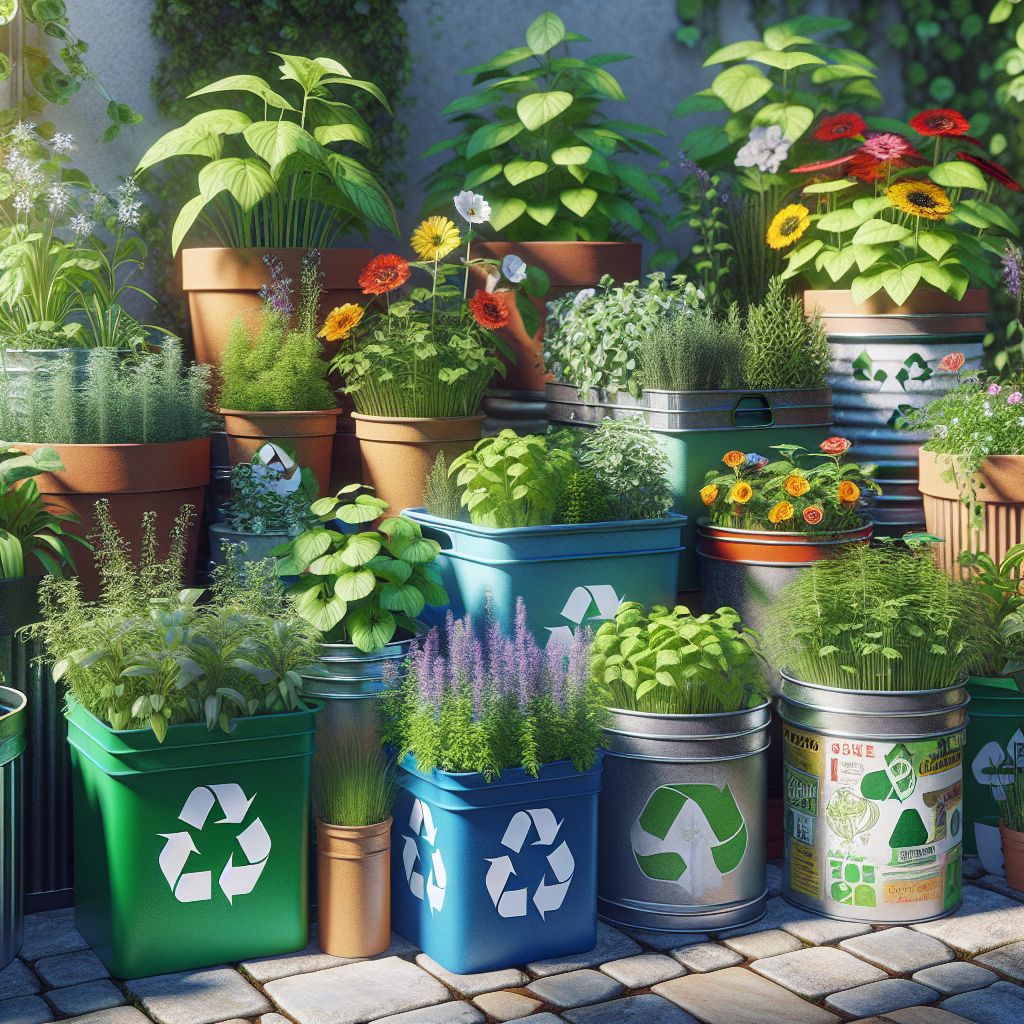Container gardening is a fantastic way to bring beauty and life to any space, no matter how small. Whether you have a small balcony, a patio, or even just a windowsill, container gardening allows you to create a colorful and vibrant oasis of plants and flowers. However, successful container gardening requires a bit of planning and know-how. In this article, we will discuss some tips for successful container gardening that will help you create stunning containers that thrive all season long.
Choose the Right Containers
The first step in successful container gardening is choosing the right containers for your plants. When selecting containers, consider the size of the plant you wish to grow and how much root space it will need. Plants like tomatoes or cucumbers require larger containers with plenty of room for roots to grow. Herbs or flowers, on the other hand, can do well in smaller containers.
In addition to size, consider the material of the container. Terracotta pots are porous and allow air and water to flow through easily, making them ideal for plants that prefer dry soil like succulents. Plastic containers are lightweight and moisture-retentive, making them suitable for plants that require more frequent watering.
Choose the Right Soil
The type of soil you use in your containers can make a big difference in the success of your plants. Most potting mixes available in garden centers are well-draining and contain a mix of peat moss, perlite, vermiculite, and other organic materials that provide nutrients for your plants.
When planting flowers or vegetables that prefer well-drained soils like succulents or cacti, consider adding extra perlite or sand to improve drainage. For plants that prefer moist soils like ferns or peace lilies, add more peat moss to help retain moisture.
Watering
Proper watering is crucial for successful container gardening. The frequency of watering will depend on factors such as plant type, container size, location (indoor vs outdoor), temperature, and humidity levels.
To determine if your plants need water, stick your finger into the soil up to an inch deep. If it feels dry at this depth, it’s time to water your plant. Be sure not to over-water as this can lead to root rot.
During hot summer months when temperatures soar above 80 degrees Fahrenheit (27 degrees Celsius), water your plants more frequently as they will lose moisture quickly through evaporation.
Provide Adequate Sunlight
Most flowering plants require full sun (at least 6 hours per day) to thrive while some vegetables like tomatoes or peppers need even more sunlight (8 hours per day). Place your containers in an area that receives adequate sunlight based on the needs of your specific plants.
If you have limited access to sunlight on your balcony or patio, consider growing shade-loving plants like ferns or hostas instead.
Fertilize Regularly
Plants growing in containers rely on you for all their nutrient needs since they cannot access nutrients from the ground like garden plants can. Regular fertilization is essential for healthy growth and blooming throughout the growing season.
Use a liquid fertilizer diluted according to package directions every 2-4 weeks during spring and summer when most growth occurs. Slow-release fertilizers can also be added at planting time for continuous feeding throughout the season.
Pruning & Deadheading
Regular pruning promotes healthy growth and helps maintain plant shape while deadheading spent blooms encourages new growth and prolongs blooming periods for flowering annuals.
Use Plant Supports
Some tall-growing crops such as tomatoes or peppers may require stakes or cages for support once they start bearing fruit to prevent toppling over under their weight.
Pest Control
Keep an eye out for pests such as aphids, spider mites, snails/ slugs among others which may damage foliage/ fruits if not controlled immediately.
Conclusion
In conclusion,
container gardening offers numerous benefits including a way to enjoy fresh produce/flowers without needing vast amounts of space/land.
With good planning/implementation techniques highlighted above,you can cultivate thriving gardens which add beauty/life magic around homes/offices/any available spaces!













